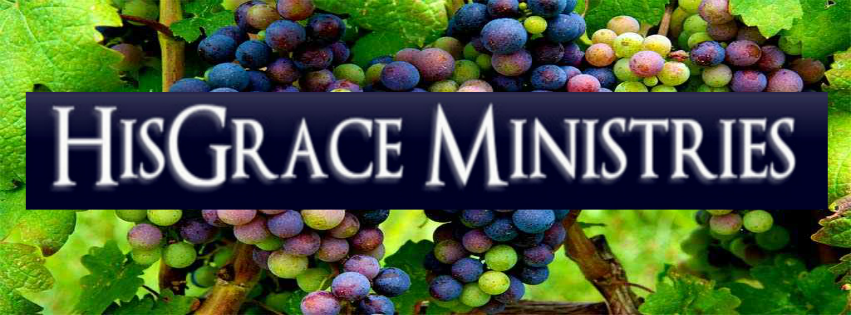The Gospel of Mark
The word ‘tetramorph’ is derived from the Greek tetra (“four”) and morphé (“form,” or “shape”) and applies, in general, to any representation of a set of four elements. In Christianity, since the Middle Ages, it is used to refer to the four creatures that correlate with each of the Gospel writers’ perception of Christ. Chronologically, the creatures are introduced by the prophet Ezekiel. He describes four creatures with a human face and animal appearance, which bore the throne
6 and before the throne there was a sea of glass like unto crystal. And in the midst of the throne, and round about the throne, were four living beings full of eyes in front and behind. 7 And the first being was like a lion, and the second being like a calf, and the third being had the face of a man, and the fourth being was like a flying eagle. 8 And each of the four living beings had six wings about him, and they were full of eyes within; and they rested not day and night, saying, “Holy, holy, holy, Lord God Almighty, who was, and is, and is to come!”The lion is related to Mark’s Gospel because it emphasizes the majesty of Christ and His royal dignity. The lion is a noble symbol of power, courage and royalty and is regarded as the king of beasts and coincides with the theme of Christ as King. This Gospel also opens with John the Baptist’s prophetic roar crying out in the wilderness.
